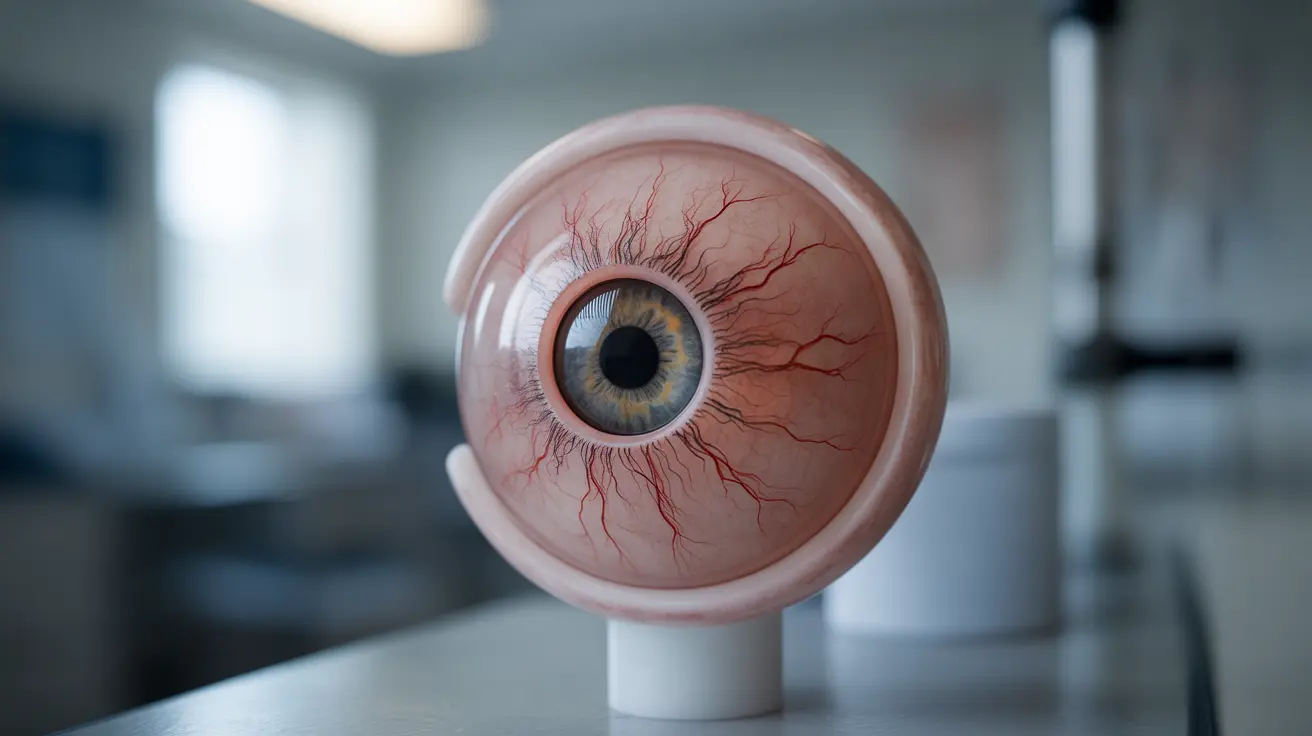High myopia is a significant vision condition that affects millions of people worldwide, causing severe nearsightedness and potentially serious complications. Understanding the highest levels of myopia, their implications, and management options is crucial for those affected by this condition and their healthcare providers.
This comprehensive guide explores the most severe forms of myopia, their measurement, associated risks, and available treatment options to help you better understand this complex vision disorder.
Defining High and Severe Myopia
Myopia is measured in diopters (D), with higher negative numbers indicating more severe nearsightedness. High myopia is typically classified as -6.0 D or worse, while severe or pathological myopia usually exceeds -8.0 D. Some cases can even reach beyond -20.0 D, though this is relatively rare.
Classification and Measurement
Diopter Ranges
The severity of myopia is categorized into several levels:
- Mild: -0.5 D to -3.0 D
- Moderate: -3.0 D to -6.0 D
- High: -6.0 D to -8.0 D
- Severe/Pathological: Greater than -8.0 D
Diagnostic Methods
Eye care professionals use various tools to measure myopia severity, including:
- Comprehensive eye examinations
- Corneal topography
- Retinal imaging
- Axial length measurements
Complications of Severe Myopia
High myopia can lead to several serious complications:
- Retinal detachment
- Glaucoma
- Cataracts
- Myopic macular degeneration
- Choroidal neovascularization
Treatment and Management Options
Optical Corrections
Various correction methods are available for high myopia:
- High-index spectacle lenses
- Contact lenses
- Specialized contact lens designs
- Refractive surgery (in suitable candidates)
Medical Interventions
For complications of high myopia, treatments may include:
- Anti-VEGF injections for choroidal neovascularization
- Laser treatments for retinal issues
- Regular monitoring and preventive care
Prevention and Early Intervention
While genetic factors play a role in myopia development, several preventive measures can help limit progression:
- Regular outdoor activities for children
- Proper reading habits and eye hygiene
- Limited screen time
- Early intervention with myopia control methods
- Regular comprehensive eye examinations
Frequently Asked Questions
What is considered the highest level of myopia, and how is it measured?
The highest level of myopia can exceed -20.0 D, though such cases are rare. It's measured in negative diopters using specialized equipment during comprehensive eye examinations. Anything beyond -6.0 D is considered high myopia, while measurements exceeding -8.0 D typically classify as severe or pathological myopia.
What are the possible long-term complications for someone with very high myopia (above -6.0 D)?
Long-term complications can include retinal detachment, glaucoma, early cataract formation, myopic macular degeneration, and choroidal neovascularization. These conditions require regular monitoring and may need immediate medical intervention if detected.
How often should people with high myopia get an eye exam to catch complications early?
People with high myopia should have comprehensive eye examinations at least once every 6-12 months, or more frequently if recommended by their eye care professional. Regular monitoring is crucial for early detection of potential complications.
What treatment options are available for severe or pathological myopia, and can it be cured?
While there's no cure for severe myopia, various management options exist, including high-index lenses, specialized contact lenses, and refractive surgery in suitable candidates. Complications may require specific treatments like anti-VEGF injections or laser procedures. The goal is to manage the condition and prevent progression rather than achieve a complete cure.
How can parents help prevent their child from developing the highest forms of myopia?
Parents can help by encouraging regular outdoor activities (at least 2 hours daily), limiting screen time, ensuring proper reading distance and lighting, and scheduling regular eye examinations. Early intervention with myopia control methods like specialized contact lenses or atropine drops may be recommended by eye care professionals to slow progression.




